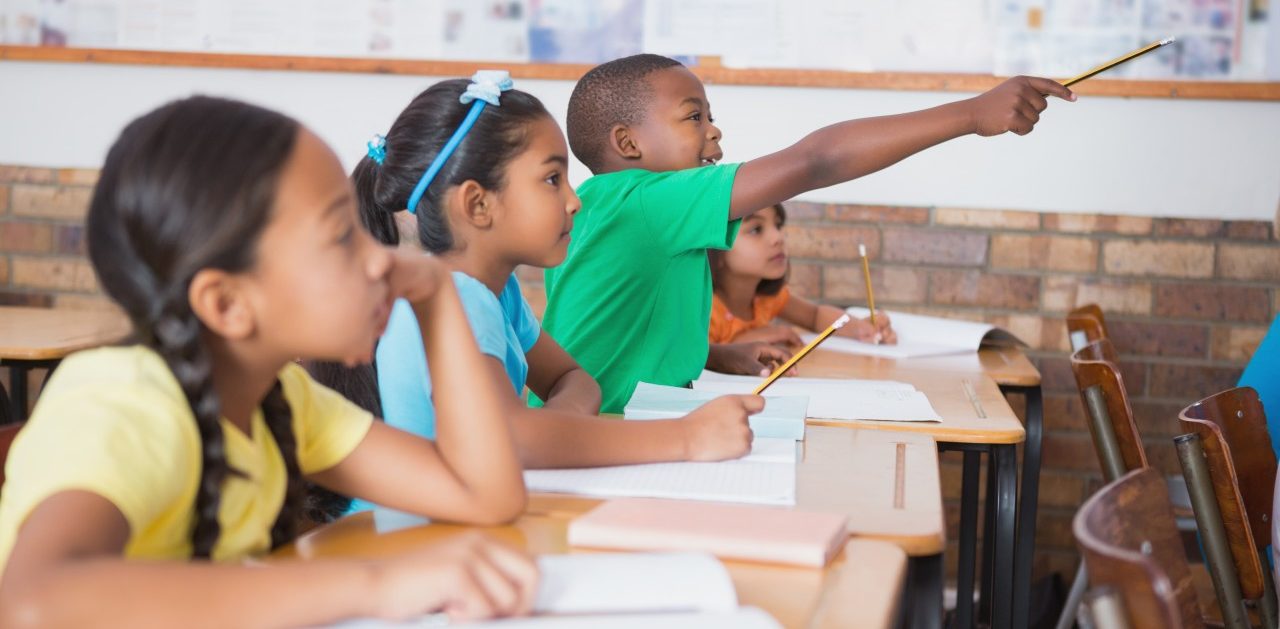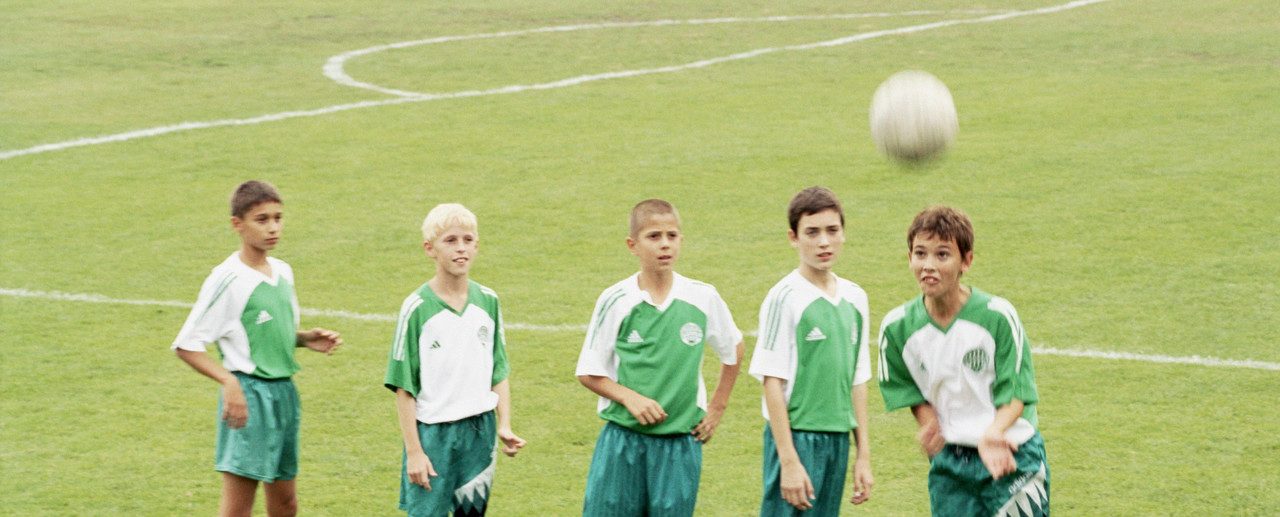February 23, 2018
Why Fine Motor Skills Activity Matters

“We” – meaning our broad culture including educators and parents – are losing sight of the importance of fine motor skills activity in early childhood, once a staple of early education. Consider the following cascading effect that has changed the landscape of the modern preschool:
- High school is now like college.
- Middle school is like high school.
- Elementary school is like middle school.
- Kindergarten is the new 1st grade.
- And preschool offers traditional academic instruction.
YOU MIGHT ALSO LIKE: Why – and How – You Should Talk and Read to Your Child
Is every school like this? No. But many have shifted the emphasis in this direction of speeding up the race to acquire accelerated academic skills. We see this in troubling trends like reductions in play time in preschool, introduction of “advanced” academic instruction aimed at 4-year-olds, and parental concerns that kids spend too much time “playing” and not enough time “learning” in the preschool setting.
The problem with this is that it goes against everything we have learned about child development over the decades of empirical study.
Any reputable review of educational practice lands on the conclusion that the best way young children learn is through hands-on experience, meaning fine motor skills activities. They need to use their senses – and in fact integrate their multiple sensorial explorations – to fully process information in their environment and foster their cognitive growth. Lecturing to preschool students and asking them to learn rote skills which appear to reflect “advanced” abilities is no more than a magic trick. There’s no real substance there; it’s all illusion.
Fine motor skills activities
So what should be youngsters be doing in preschool? All those things we used to do before we went to kindergarten. You know, drawing, coloring, cutting paper with scissors, working with blocks, manipulating things. Sure, academic readiness activities can be folded in, but note how that list of activities all involve development of fine motor skills.
One way to appreciate the importance of fine motor skills in these formative early years is to articulate the complex developmental progressions that support learning in the moment and set a foundation for that later academic success that we all want for our kids. To this end, work done in collaboration with Elmer’s Let’s Bond initiative identified the following core benefits of art projects, as exemplars of supporting a range of processes that will be critically important during the primary school years.
Three domains stood out:
Fine motor skills definition. First, using fine motor skills to draw, color, paint, use beads – you get the picture – develop the muscles in the hands and fingers. Why is this important? When a child is learning how to spell and write, smooth fine motor skills allow the focus to be on the letters and words and not on how to hold and control a writing instrument. This is why research has revealed findings like the prediction of academic progress in kindergarten from experience in doing nothing more than drawing at age 2. There’s a reason toddlers like to do all of these art activities; they are driven by a brain which is wired to integrate fine motor skills with cognitive growth.
Why kids need fine motor skills. Second, when preschoolers are using fine motor skills to manipulate objects in the service of play and art, they are activating a range of sophisticated visual-spatial skills that they will use in areas such as mathematics and, in later years, science. Pattern recognition, spatial rotation, and sequential processing in visual space are high-level cognitive abilities that come about from all that hands-on manipulation and exploration. Kids can’t get that from sitting in a chair and listening to a teacher lecture. They need to use their fingers and hands to active these cognitive processes in the brain.
Executive functioning. Finally, preschoolers get engaged in good play activities that require them to use their fine motor skills. This engagement – along with the motor and cognitive processes flagged above – go towards the development of executive functioning, a foundational skill that develops little by little every year and provides an essential platform for future learning. Kids learn how to utilize their working memory as they problem solve and imagine, and begin to plan out sequences in their heads as they draw, color, paint, create and build. This is what we mean by nurturing academic readiness.
The implications are very clear. If you are a parent, give your child plenty of time to do, and encouragement for, these “old school” types of play that accelerate academic readiness in a developmentally appropriate way. And let it be known at your child’s school that you really value the development of fine motor skills. Your child’s educators will be very happy to hear that and ready to use their expertise to best promote your child’s development.
YOU MIGHT ALSO LIKE: Thinking Through Your Kid’s Technology Use


